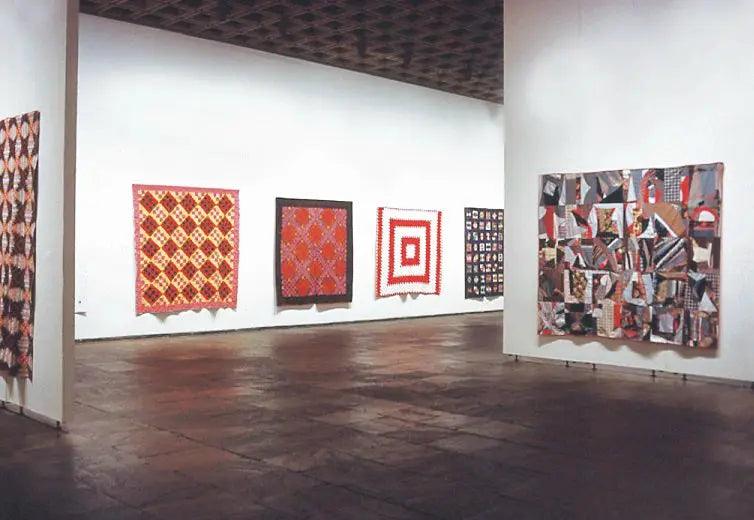
Why is it the art community I get paid to show my work and in quilting I have to pay to show my work
In the art community, the practice of selling artwork for profit has a long history, and there is a cultural expectation that artists should be compensated for their work. Galleries, museums, and art shows often charge admission fees or take a percentage of the sale price of artwork to cover their expenses and support their operations, but the artists themselves are generally paid for their contributions.
In the quilting community, however, the practice of selling quilts is relatively new, and there is not necessarily the same expectation that quilters should be paid for their work. Quilts are often made for personal use or as gifts, rather than for sale, and the economic model for the quilting industry is different from that of the art world. Quilt shows may charge entry fees to cover their expenses, and some may offer cash prizes or other incentives to encourage participation, but they may not be able to afford to pay every quilter who submits a piece.
That being said, it is important to note that there are many quilters who do sell their work for profit, either independently or through galleries or online marketplaces, and they are often paid for their work. The decision to charge entry fees or offer payment for quilt submissions is ultimately up to the organizers of each quilt show, and may vary depending on the size and scope of the show, the available resources, and the priorities of the community.
To expand on the differences between the art community and the quilting community in terms of payment, there are a few additional factors to consider:
-
Perceived value of the work: In the art world, there is often a perception that artwork has a high cultural or aesthetic value, which justifies paying the artist for their contributions. In contrast, quilting is sometimes seen as a more domestic or utilitarian craft, which may not be as highly valued in a commercial or artistic sense. This perception can influence how much people are willing to pay for quilts, and whether or not they expect quilters to be compensated for their work.
-
Economic models: The art world typically operates on a commercial or market-driven economic model, where art is bought and sold as a commodity. This means that galleries and other art venues can charge admission fees or take a percentage of the sale price to cover their expenses, while still allowing the artist to make a profit. In contrast, the quilting community often operates on a more community-oriented or nonprofit model, where shows and events are organized by volunteers or local guilds, and any profits are used to support quilting education or charitable causes.
-
Tradition and history: The practice of paying artists for their work has a long history in the art world, dating back to the patronage system of the Renaissance and beyond. This tradition has been reinforced over time by cultural norms and legal protections, such as copyright laws and intellectual property rights. In contrast, the tradition of quilting has often been passed down through families or communities, with little expectation of financial gain. This can make it harder to establish a culture of paying quilters for their work, even as the craft becomes more popular and commercially viable.
-
Size and scale: Another factor that can influence payment in the art and quilting communities is the size and scale of the shows or events. Large-scale art fairs and gallery exhibitions can attract thousands of visitors and generate millions of dollars in revenue, which can support paying artists and other participants. In contrast, quilting shows and events may be smaller in scale and more community-focused, which can limit the ability to offer payment or cover expenses.
It's also worth noting that there is a growing movement within the quilting community to recognize the value of quilters' work and compensate them accordingly. Some organizations and events are beginning to offer cash prizes, stipends, or other forms of payment for quilts or quilt submissions. As the craft continues to evolve and gain recognition, it's possible that we may see more opportunities for quilters to be paid for their contributions in the future.
Comments
Check out comments or add a new one.